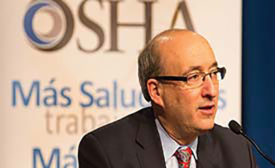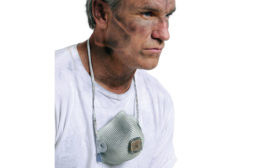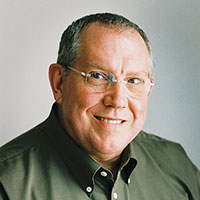Columns
The rise and fall of OSHA’s most ambitious standard proposal
Read More
Texting away from the wheel
Working – even walking – is a risk when you’re distracted
March 15, 2016
Respiratory standard prevents serious illnesses
But inspectors assessed penalties totaling $2,731,806 in 2015
March 10, 2016
Whatever happened to the I2P2 standard?
The rise and fall of OSHA’s most ambitious standard proposal
March 8, 2016
Texting away from the wheel
Working – even walking – is a risk when you’re distracted
March 1, 2016
Whatever happened to the I2P2 standard?
The rise and fall of OSHA’s most ambitious standard proposal
March 1, 2016
Respiratory standard prevents serious illnesses
But inspectors assessed penalties totaling $2,731,806 in 2015
March 1, 2016
Electrical safety training: 5 steps
Lecture for one-third; facilitate activities for two-thirds
March 1, 2016
Never miss the latest news and trends driving the safety industry
eNewsletter | Website | eMagazine
JOIN TODAYCopyright ©2024. All Rights Reserved BNP Media.
Design, CMS, Hosting & Web Development :: ePublishing










